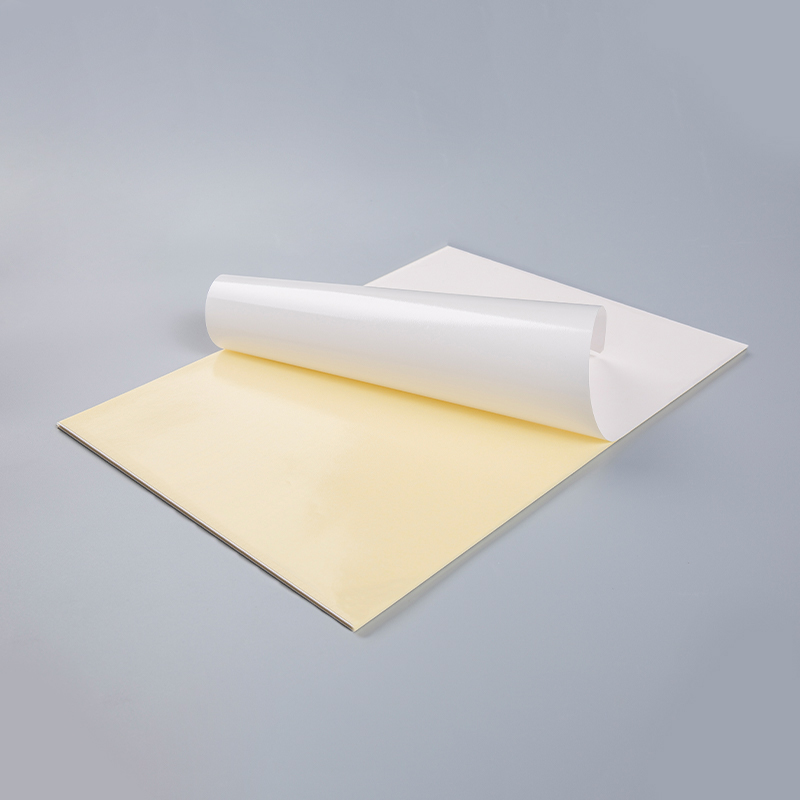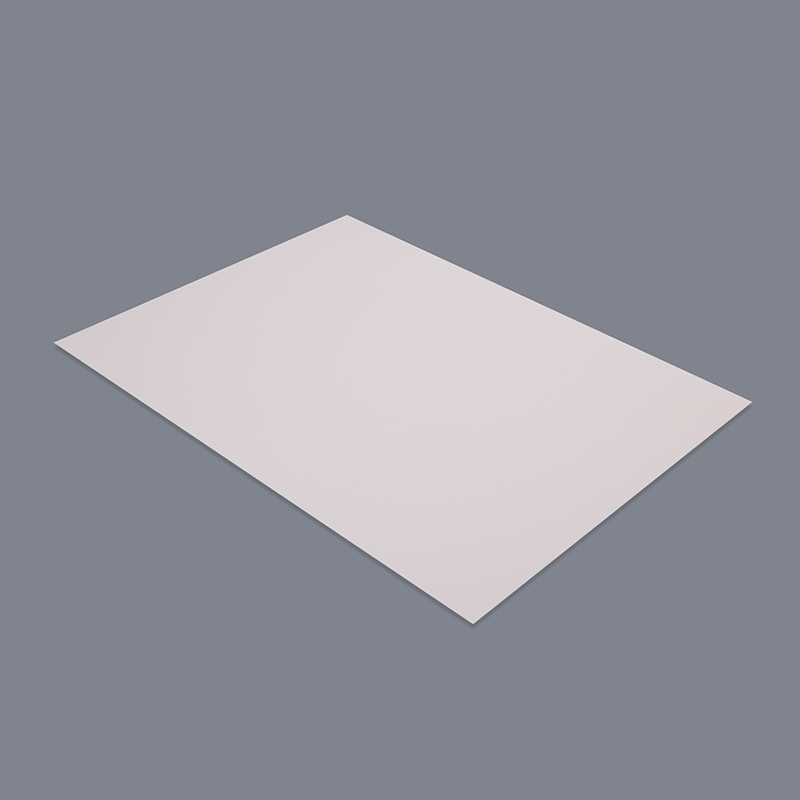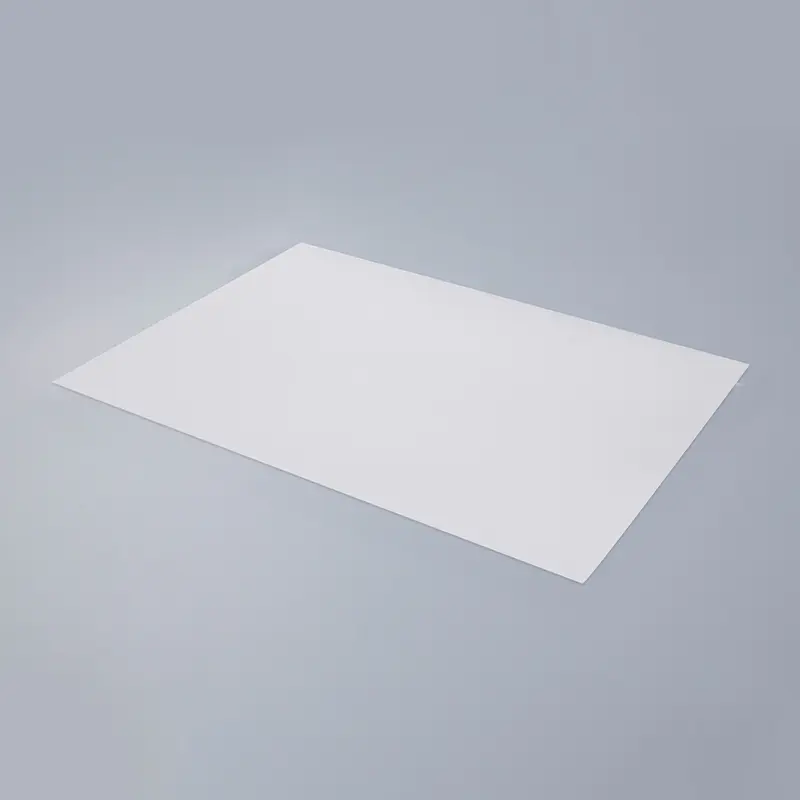To achieve a mirror-gloss finish in cast coated papers, both the base pulp quality and coating composition must be optimized with precision. This combination is critical in delivering the smoothness, gloss level, and print fidelity that distinguish cast coated paper from other coated substrates.
Base Pulp Quality: What Matters Most
High-Purity Bleached Chemical Pulp
100% virgin bleached hardwood pulp is typically preferred due to its uniform fiber structure and smooth finish.
Hardwood fibers (e.g., eucalyptus) produce a more closed surface ideal for ultra-smooth coatings.
Low-lignin, high-brightness content ensures minimal fiber impurities that could disrupt coating adhesion or smoothness.
Refining & Formation
Well-refined pulp improves fiber bonding and sheet formation, resulting in a denser, more uniform substrate.
Tight formation and low porosity are essential to prevent uneven ink absorption and coating penetration.
Surface Sizing (Optional)
Some manufacturers use light surface sizing to increase surface strength and enhance dimensional stability before coating application.
Coating Composition: Precision Engineering for Gloss
High-Solid Content Coating Formulation
Typically composed of fine-particle size kaolin clay, precipitated calcium carbonate (PCC), or titanium dioxide as fillers.

Particle size distribution is crucial: ultra-fine particles fill microvoids, ensuring an ultra-flat coating surface.
Binders
A combination of styrene-butadiene latex (SBR) and polyvinyl alcohol (PVA) or acrylic emulsions is used to enhance coating adhesion and flexibility.
Binders must allow for high smoothness without cracking under calendering and casting pressures.
Gloss-Enhancing Additives
Additives like gloss agents, lubricants, and crosslinkers help reduce surface roughness and enhance sheen during the cast coating process.
Optical brighteners (OBAs) are often added to increase brightness and whiteness levels.
Cast Coating Technique
After application, the wet coated paper is pressed against a highly polished chrome drum, where it dries in contact with the mirror-smooth surface.
This contact drying method transfers the gloss directly to the paper, giving it its distinctive mirror-like appearance.

 English
English Español
Español русский
русский Français
Français عربى
عربى











